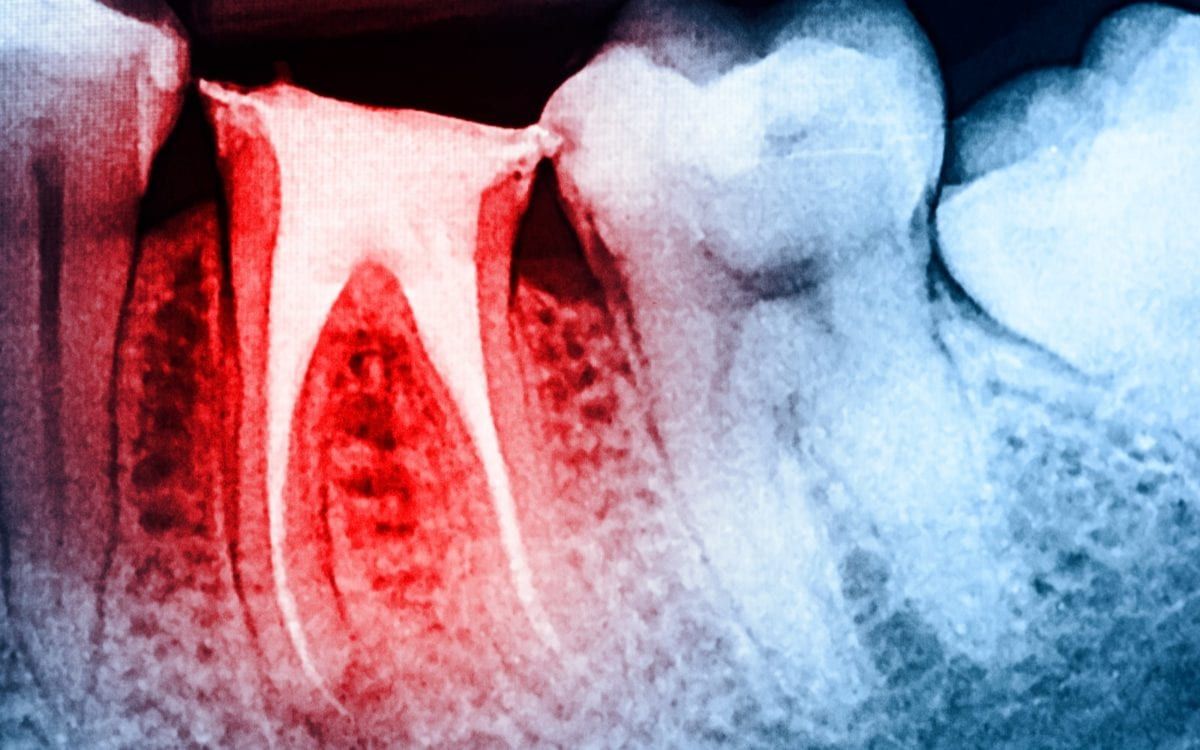A list of most commonly used sealers in Endodontics
Biocompatibility
The biocompatibility of root canal sealers has been the subject of numerous studies. Some have demonstrated better biocompatibility than others, but there are some caveats. For example, the biocompatibility of a particular root canal sealer is affected by its exposure time. Some sealers have shown higher inflammatory responses at the initial stage, but these responses tend to disappear over time.
Biocompatibility of root canal sealers is essential to prevent infection. A biocompatible material should promote the resolution of the periapical inflammation and infectious processes while also preventing further contamination by microorganisms. Root canal sealers should be biocompatible, and biocompatibility studies have been conducted with different endodontic materials.
Antibacterial efficacy
The antimicrobial efficacy of root canal sealers is a key factor in the success of endodontic treatment. Root canal sealers can contain different ingredients, including zinc oxide, eugenol, and calcium hydroxide. This study is designed to investigate these ingredients’ antimicrobial properties.
The antimicrobial efficacy of root canal sealers has been demonstrated in laboratory tests. In a recent review by AlShwaimi et al., they summarized the results of several in vitro studies investigating the antimicrobial activity of several root canal sealers. They found that three out of four had antimicrobial activity against Enterococcus faecalis. However, Endoseal and Sealapex did not show any antimicrobial activity.
To measure antibacterial efficacy, researchers used agar diffusion as a test method. The test is commonly used to assess antimicrobial efficacy but has some problems. It can only detect a single species of bacteria. Furthermore, the test method is not reproducible in multiple laboratories.

Predictable setting time
Several factors can influence the optimal setting time for root canal sealers. One such factor is the degree of the set. Some types of sealers take more time to set than others. In vitro and in vivo studies are available to evaluate the setting time of root canal sealers.
Current root canal sealers have two components: a powder or liquid base and a catalyst. These two components must be mixed at the chairside, then applied to the root canal system. Maruchi has developed a calcium-silicate-based root canal sealer. It is applied via an air-tight syringe and is then allowed to be set. Choosing a sealer with a slow setting time and insolubility is essential.
Bioceramic
The use of bioceramics in root canal therapy is growing in popularity, with recent studies showing excellent results. The use of bioceramics has many advantages over traditional methods, including cost, durability, and improved aesthetics. These properties make bioceramics attractive for endodontists and patients alike.
Bioceramics are flowable pastes that are easily applied to the root canal and cured by ambient water. They are white and are aesthetically pleasing. One-Fil is a bioceramic root canal sealer made from CALCIUM SILICATE. It can be used in root canal treatments of any size and is a popular choice. Bioceramic sealers are challenging to remove with a hand file.
Bioceramic root canal sealers have been tested against Enterococcus faecalis, one of the most common intraarticular bacteria in periodontitis. Several other microorganisms have been used to test the antibacterial effects of root canal sealers. Fresh Endo CPM shows antibacterial activity against Staphylococcus aureus and Streptococcus mutans but has less impact than AH-26. MTA-Angelus also exhibits an antibacterial effect against Staphylococcus aeruginosa, Pseudomonas aeruginosa, and Staphylococcus mutants.






